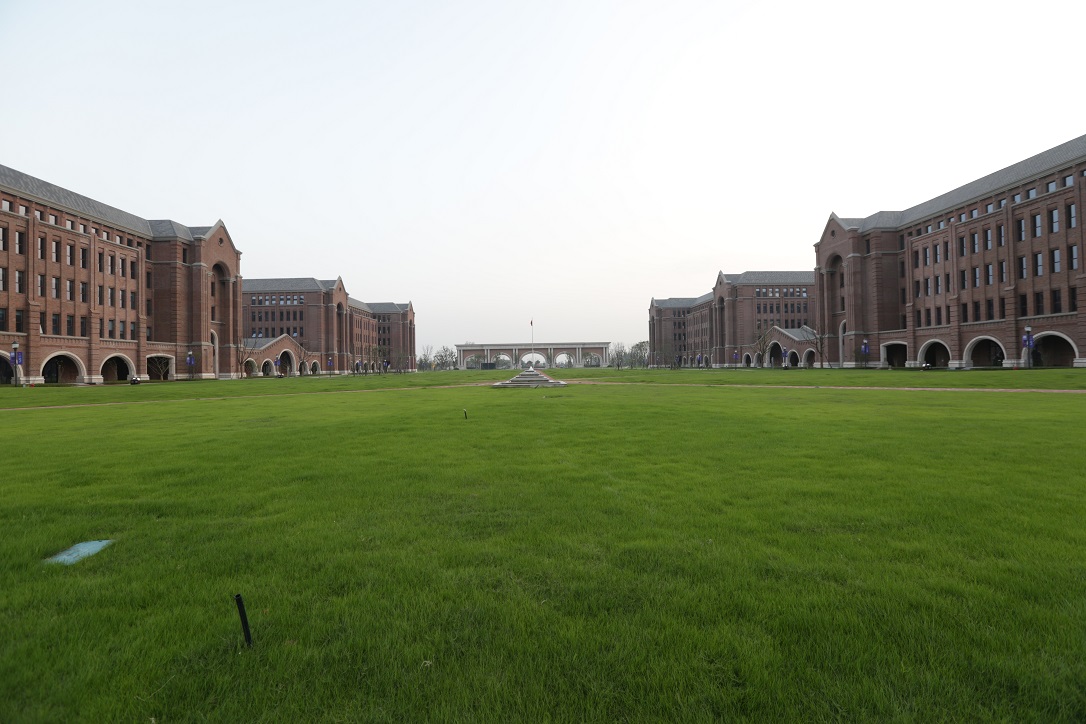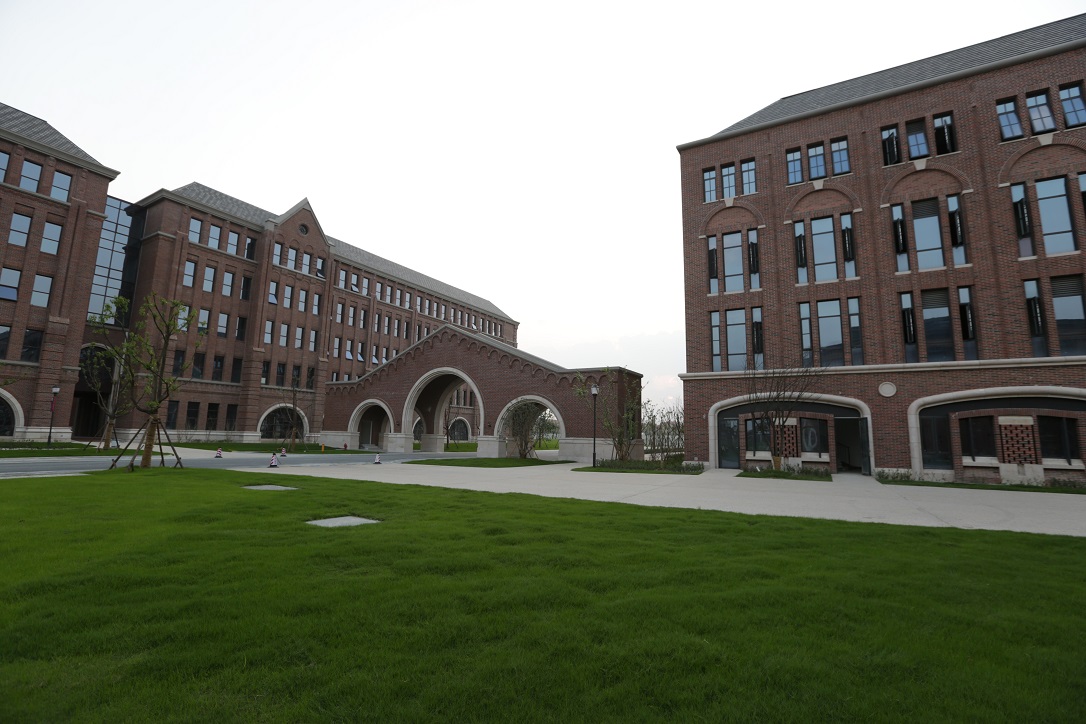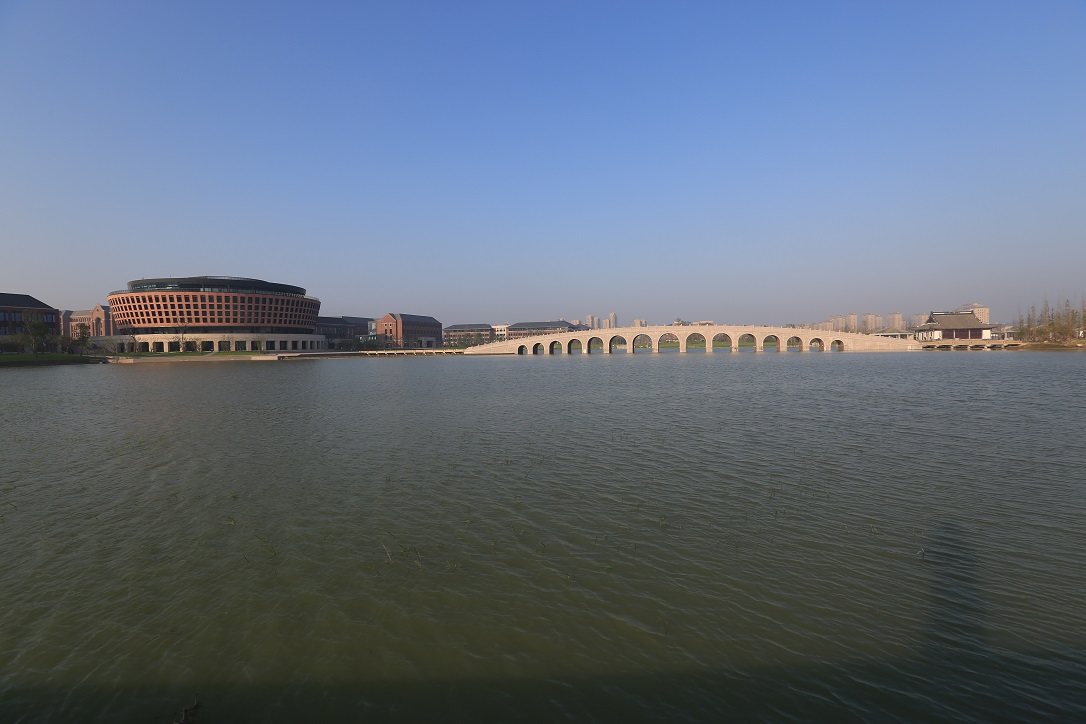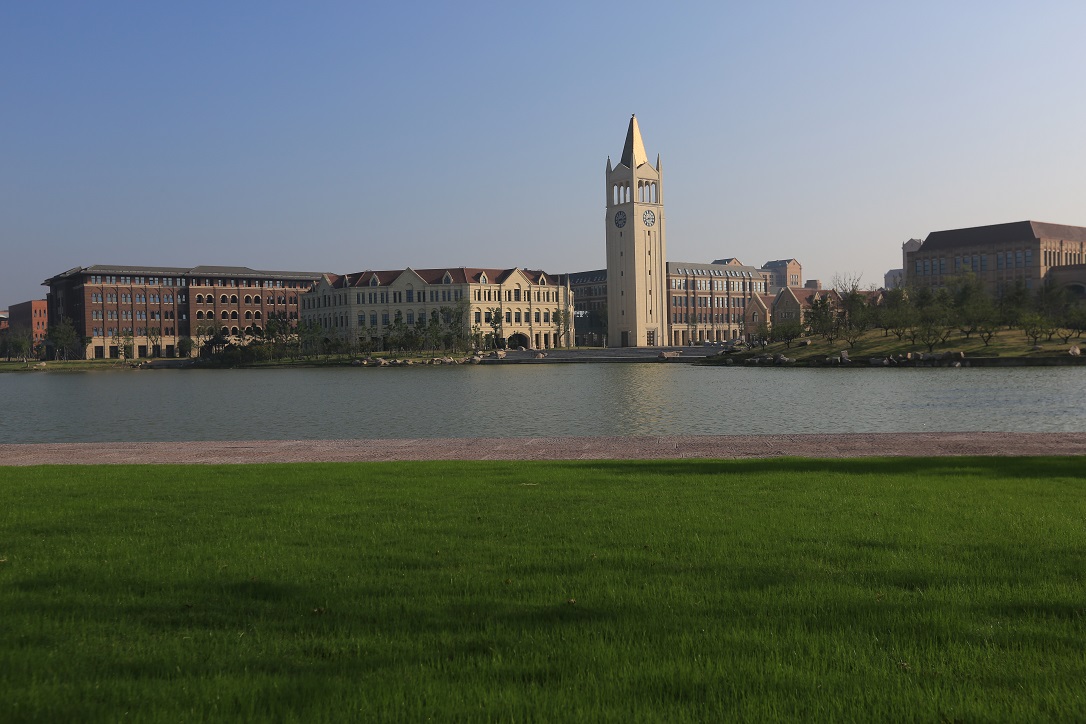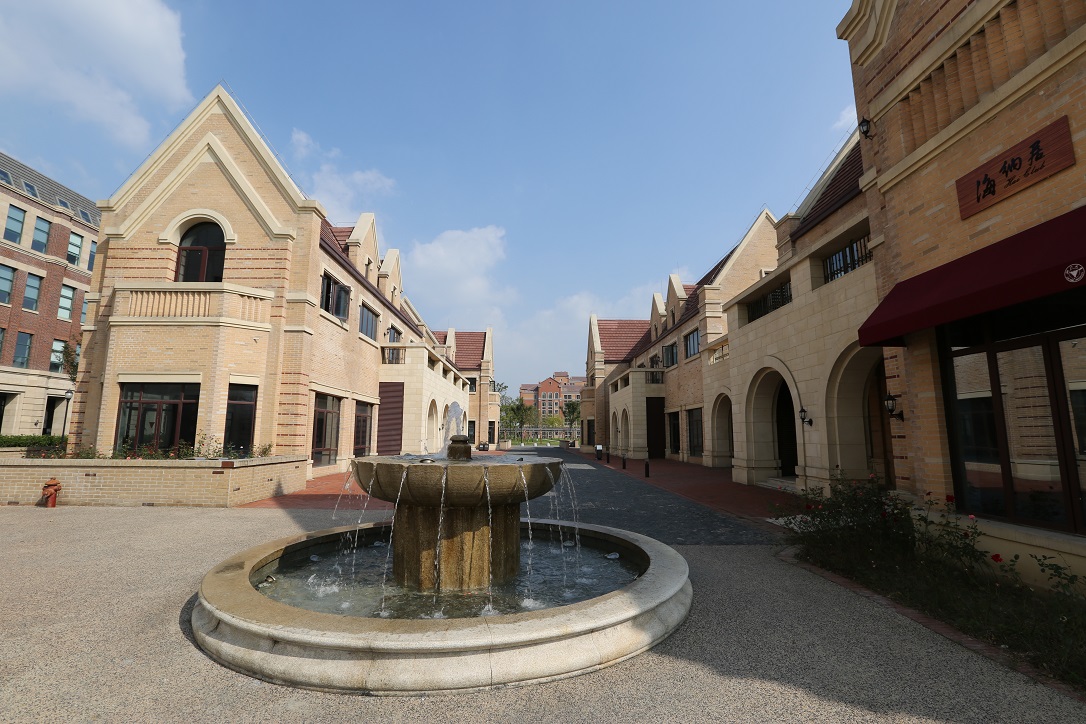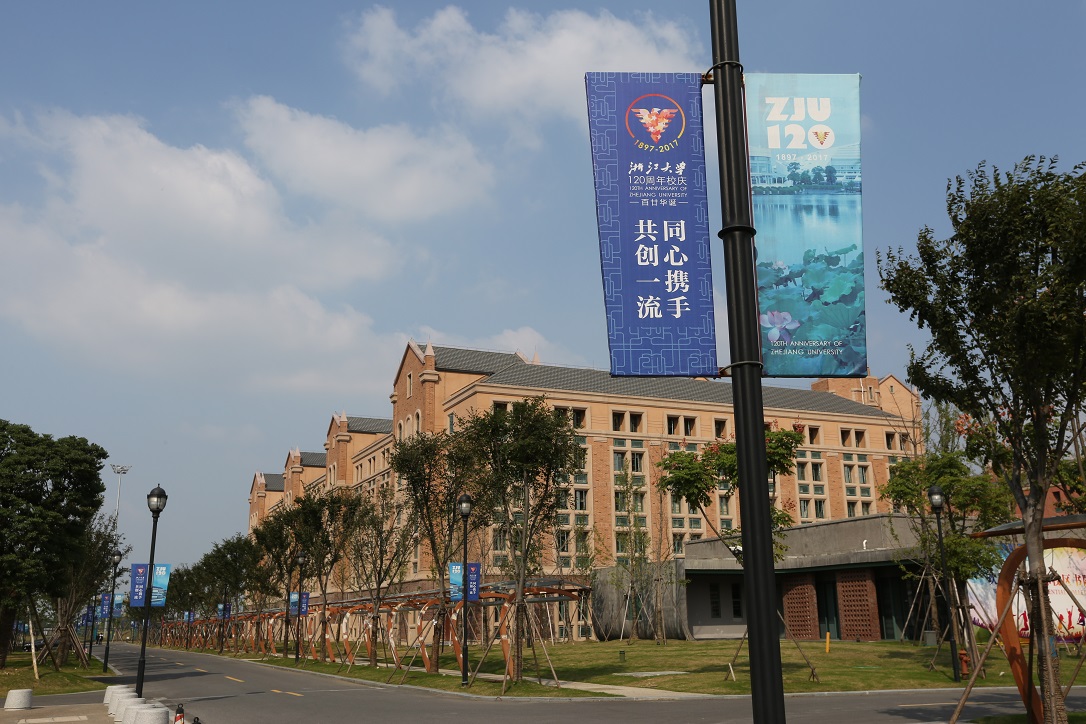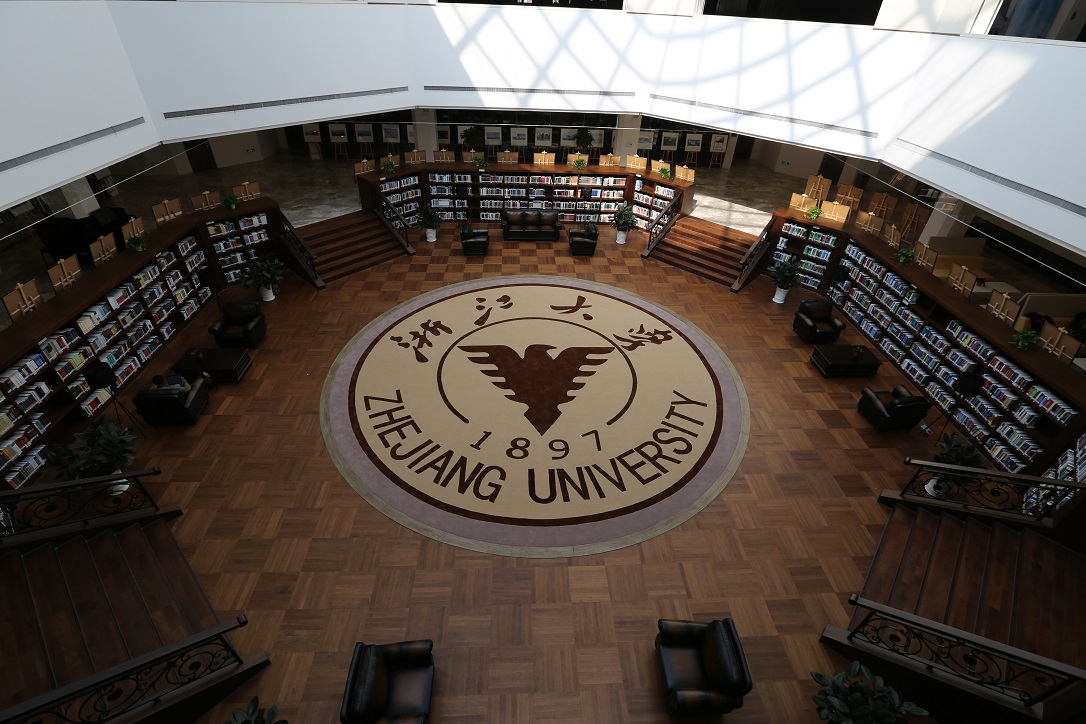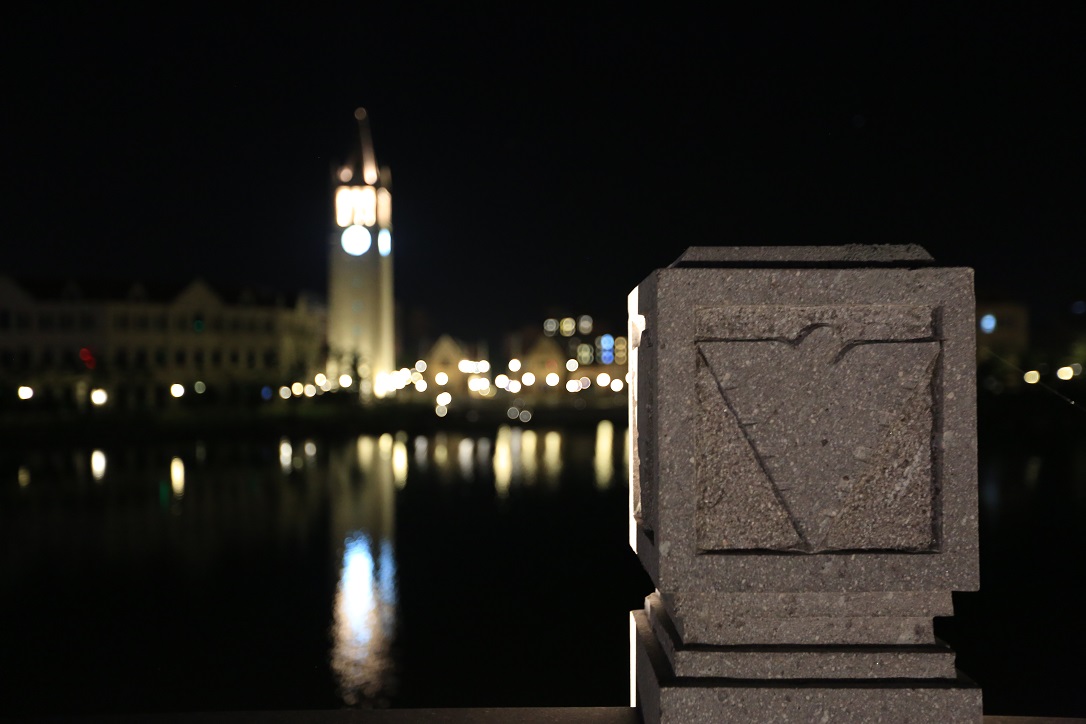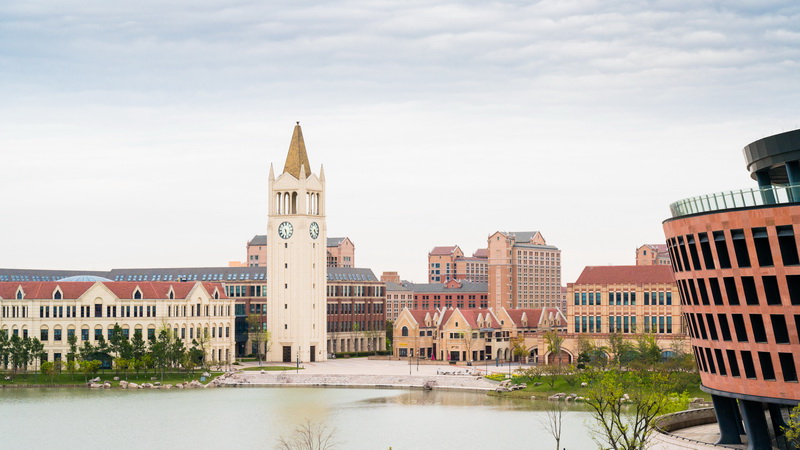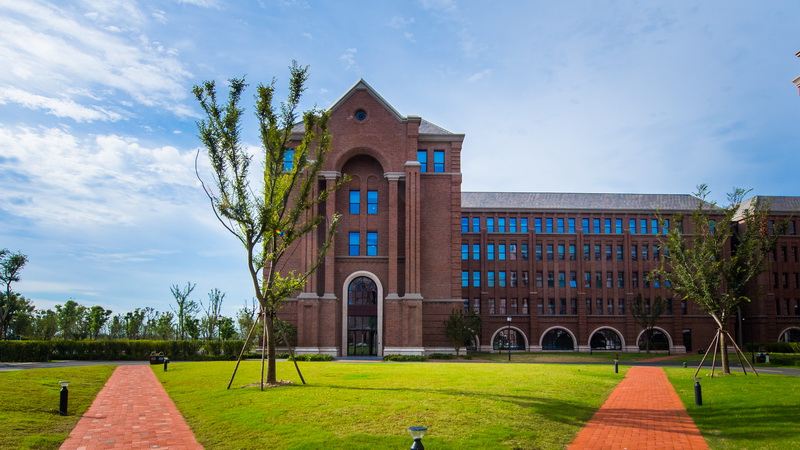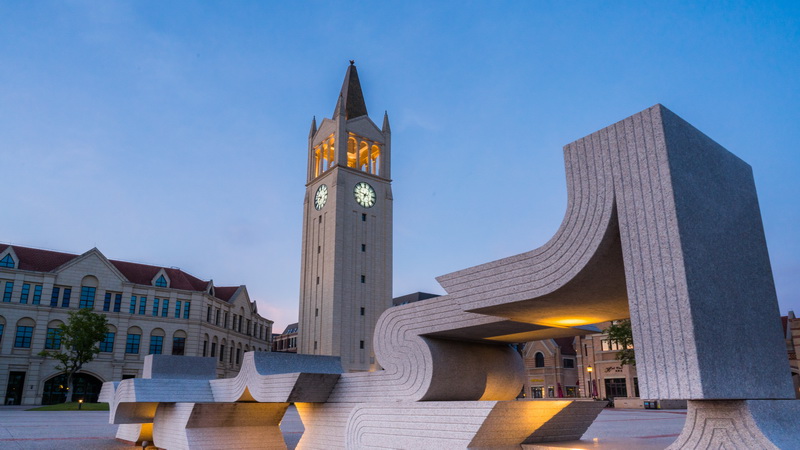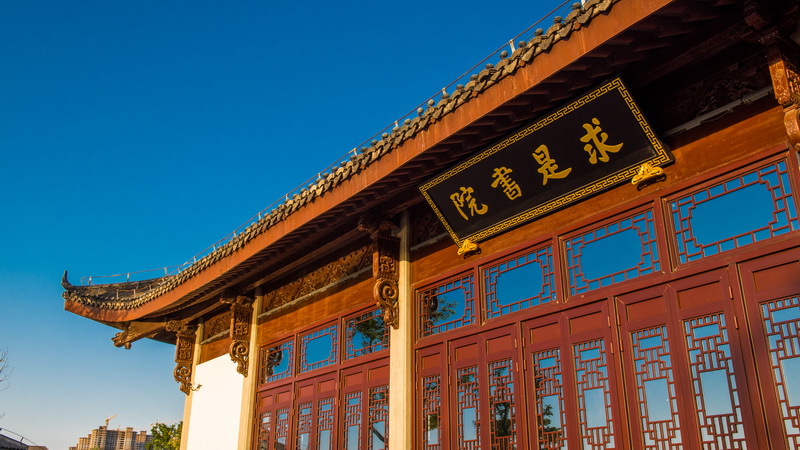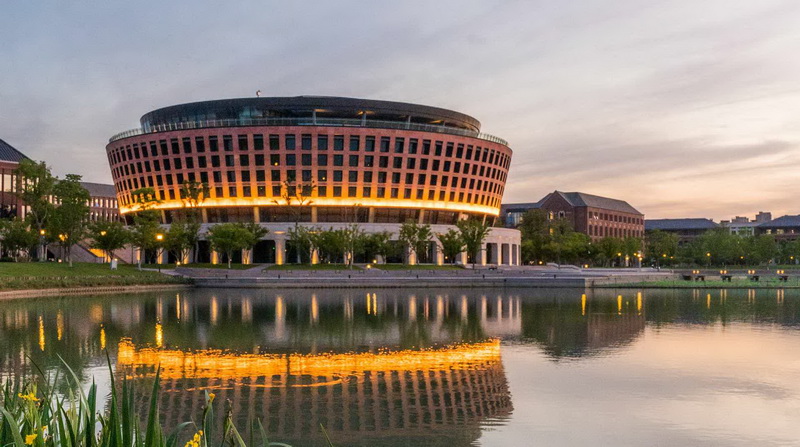The foreword in the book The Design and Construction of International Campus Zhejiang University
By Professor Song Yonghua, Executive Vice President and Dean of International Campus, ZJU
Having been to many places in the world, and as a teaching professional and education administrator, I’ve always been paying close attention, with intense interest, to university campuses. Harboring this intense interest in the depth of my heart for many years, I’ve never dreamed of creating a campus by myself. Just as luck would have it, I was granted this opportunity with the initiative of establishing the International Campus of Zhejiang University in Haining. Out of nothingness, and from the green fields in southern China, I’ve witnessed the campus being conceived, growing and taking shape, and now it has become a place where “people of virtue arrive and people of all ages gather”. The sweetness and bitterness embedded is not to be appreciated by outsiders, but the joy and happiness I’ve experienced goes far beyond the completion of an experiment or the submission of a research paper. This experience, for the first time, has drawn me so close to the field of architecture, to go through the process of creation out of nothingness, and to appreciate the work of architects, gaining a deeper understanding of their sense of achievement and the radiance in their eyes. This book, by recording the memorable experience, is not about the celebration of the birth of a campus, it will rather serve as a gentle reminder of the original desire of building this campus, that is, to create a campus with a fusion of the Eastern and Western cultural and educational philosophy, a campus that will help to make Zhejiang University rank among the world-class universities. More importantly, the campus is built to help us realize the dream of “bringing together the people of superior talents and giving them quality education”.
The decision to choose Haining as the site for the International Campus was made in May 2013. And since the very beginning a goal was set to build a first-class campus, but how could that goal be achieved? There are campuses that are splendid but would never be regarded as first-class. The criteria for judging the quality of a campus do not lie in its scale since large is not necessarily good, nor do they lie in its location since there are places for desks, whether in noisy downtown areas or in quiet villages. It’s even more absurd to judge the quality of a campus in terms of the cost since it is not Forbes World’s Billionaires. Without a doubt, the people on campus are the best judging criteria. I’ve been to many world-famous universities where there are certainly first-class campuses, but more importantly, there are faculty and students with vigor and vitality. Against the background of global educational reform aiming at “equity and excellence”, the creation of a high-quality campus environment with the cultivation of people at the core would serve the purpose of promoting educational reform. The criteria for a dream campus in my mind are stringent, but they can be made really simple, that is, a university should be a place for faculty and students.
Having been in the teaching profession for many years and having visited almost all the famous universities in the world, I have come to realize that university education would necessarily involve plurality and inclusiveness. I have always emphasized the cultivation of people with national passion, international vision, global competitiveness and worldwide responsibility. A more concise interpretation is needed for the word “education”. To educate is to cultivate or nurture rather than to teach. Teaching by precept and example is part of education, but education should also be embedded in daily life, clothing, food, accommodation and transportation. University students are all adults and self-education should be highly emphasized. Therefore, campus is not just a place for teaching, it is a course book in itself, even a teacher. In this sense, the “buildings” in a university are no less important than any other element on campus. A university with plurality and inclusiveness calls for the plurality and inclusiveness of a campus environment. Plurality is reflected in the international atmosphere of the campus, while inclusiveness in the faculty-and-student-centeredness. Campus should be used rather than a place for visit.
The design of the International Campus was accomplished by a respectable and devoted team of professional architects led by Dong Danshen, director of Architectural Design & Research Institute of Zhejiang University. They have a deep understanding of campus design and are full of passion. I have a high regard for their design philosophy of balanced architecture, that is, emphasizing an integration of architecture, engineering technology and business efficiency with academia at the core, and striking a perfect balance between function and art, local and global, tradition and modernity, and between conception and reality with plurality and inclusiveness in mind. Echoing the unity of knowledge and practice advocated by great thinkers of the past, their design principles prove a perfect match with my educational philosophy in many aspects. There has been mutual understanding and trust between Director Dong and myself, and the International Campus is the result of such mutuality. It is because of the particularity of the International Campus that I have been deeply involved in the design and construction process and have developed a clear understanding of “whole-process design”. The completion of the blueprint is just the beginning of design, equally important is the identifying and solving of problems in construction, inspection, check and acceptance, and the final hand-over. The whole process of construction is an unforgettable experience, with the whole team and I sharing happiness and worry together. Now, the campus is close to completion. It is said that “architecture is an art form full of regret”, but I believe every single individual who has been to the International Campus will appreciate our design principles and emotional attachment from every brick and wood piece. This is a book or recording as well as one of appreciation. Our appreciation goes to all the people involved, especially the generosity of Haining people, the devotion of the design team, and the concerted efforts made by constructors, inspectors, and people at the campus construction office.
The topic of first-class university and first-class campus reminds me of the famous quote from Mei Yiqi, the respectable former president of Tsinghua University, “Mencius once said, what makes an ancient country is not the number of trees and woods, but the number of ministers you can trust. And I would like to say what makes a good university is not the number of buildings it can have, but the number of great scholars, professors and masters”. The famous speech was delivered in 1931 and has since been frequently quoted due to its incisiveness and brilliance. There are people who, by quoting from President Mei, criticize the practice of replacing the first-class university with a first-class campus. Even though a first-class campus does not necessarily translate into a first-class university, but if we look globally, there is always a first-class campus to match a first-class university. It is not difficult to understand that the impact of buildings sometimes is no less great than scholars, professors and masters. Bricks and verandahs have always been the important carriers of university culture, quiet by long-lasting. The great emphasis on the significance of buildings in carrying forward the value of university culture is by no means demeaning to the scholars, professors and masters. The completion of campus is merely the beginning. It takes time to cultivate a person, and it will also take time to develop a campus culture. The International Campus is built for today, it is also built for tomorrow. We hope that this is a return, a return of university to its intended purpose of “teaching and education”. Now that the buildings are here, where are the scholars, professors and masters? The buildings are quiet, but being quiet does not mean being silent. They are long-lasting but need verification. Conventional wisdom has it that the lifespan of a building in China is 30 years, and the dilemma we’re facing is the new buildings with a lack of scholars, professors and masters. It is our sincere hope that the painstaking efforts we have made in building the International Campus will help bring us out of this dilemma. Stories of the scholars, professors and masters will be written with the passing of time. Our first step is to try our best to create the buildings, what we need to do next is to use the buildings properly and embrace the scholars, professors and masters. We hope with great confidence that great scholars, professors and masters will emerge these buildings.
